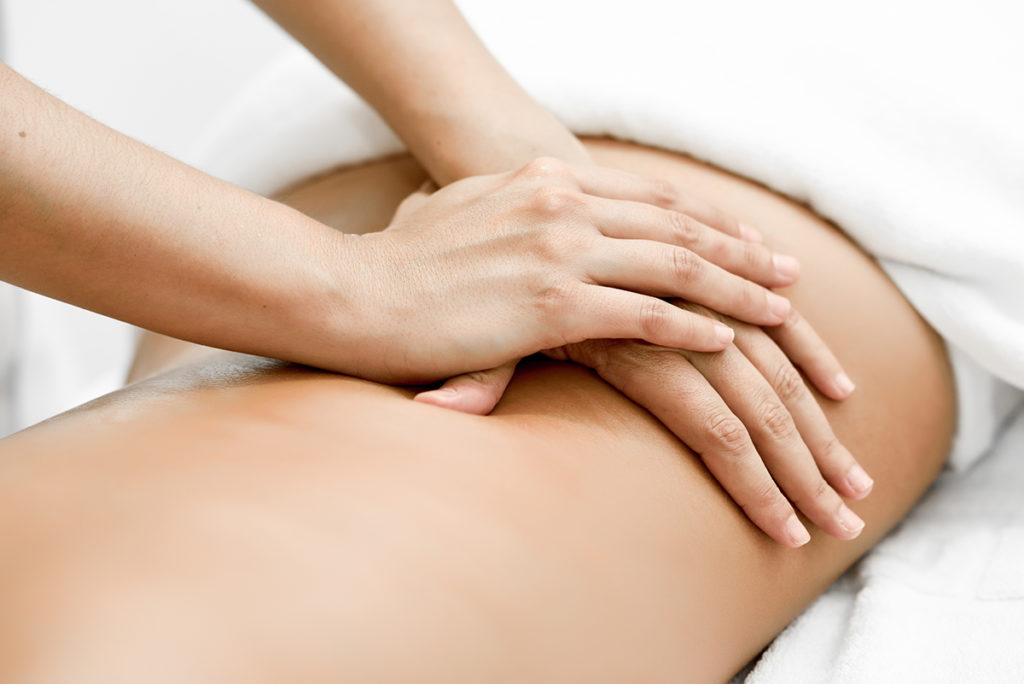The truth is migraines aren’t fun. Ask anyone who experiences them, and they will tell you, the overwhelming, intense headache pain and other possible symptoms of nausea, dizziness and vision problems make for a very unpleasant experience.
But if you are one of the more than 36 million Americans suffering from this intense type of headache, there are steps you can take to prevent migraines by learning what triggers them. Knowing and being able to control your specific triggers may help you avoid or reduce the severity of your migraines.
Getting to Know Your Triggers
Be aware that you may have more than one trigger, and that some triggers may work together. Common migraine triggers include:
- Food and nutrition. Skipping meals or not drinking enough water can trigger headaches. So, can certain foods, such as caffeine, chocolate, artificial sweeteners, monosodium glutamate (MSG), aged cheese, or sausage.
- Alcohol. Red wine and other alcoholic beverages are common migraine triggers.
- Chemicals. Scents, cleaning products, gasoline, glue, perfume, and paint can be triggers as well as tobacco smoke, including secondhand smoke.
- Emotions. Stress can trigger headaches or make them worse once they start.
- Sleep disruption. Staying up late, sleeping late, and traveling across time zones can disrupt your sleep cycle, triggering headaches.
- Hormones. Many women notice that migraines tend to happen at a certain point in their menstrual cycle. Birth control pills or hormone replacement therapy may also trigger migraines.
- Environment and weather. Air travel, changes in altitude, air pressure changes, hot sun, or bright or flashing lights can be triggers.
“Having my patients keep a migraine log or diary can be very helpful to determine their triggers,” explains Steward Health Care Neurologist Anna DePold Hohler, MD, FAAN. “Living with migraines is a daily challenge. But learning ways to cope with these headache triggers and making healthy lifestyle choices can help.”
Ways to Control Your Triggers
These are some ways you can try to control triggers:
- Use behavioral management techniques. A useful approach to cope with headache triggers may be using behavioral management techniques, such as identifying and challenging negative thoughts, relaxation training, and stress reduction.
- Avoid triggers if you can. For example, stay clear of alcohol and foods that trigger your headaches. Use unscented household products. Keep regular sleep habits. Manage stress to help control emotional triggers.
- Change your behavior at times when triggers can’t be avoided. For example, make sure to get enough rest and drink plenty of water while you’re traveling. Make sure to carry a hat, sunglasses, and your medicines. Be alert for migraine symptoms, so you can treat a migraine early if it happens.
With these tools, migraines don’t have to manage you, and you can manage them. If you need further help with managing your migraine symptoms, talk to your doctor.
To find a doctor or schedule an appointment, visit Steward DoctorFinder™.




